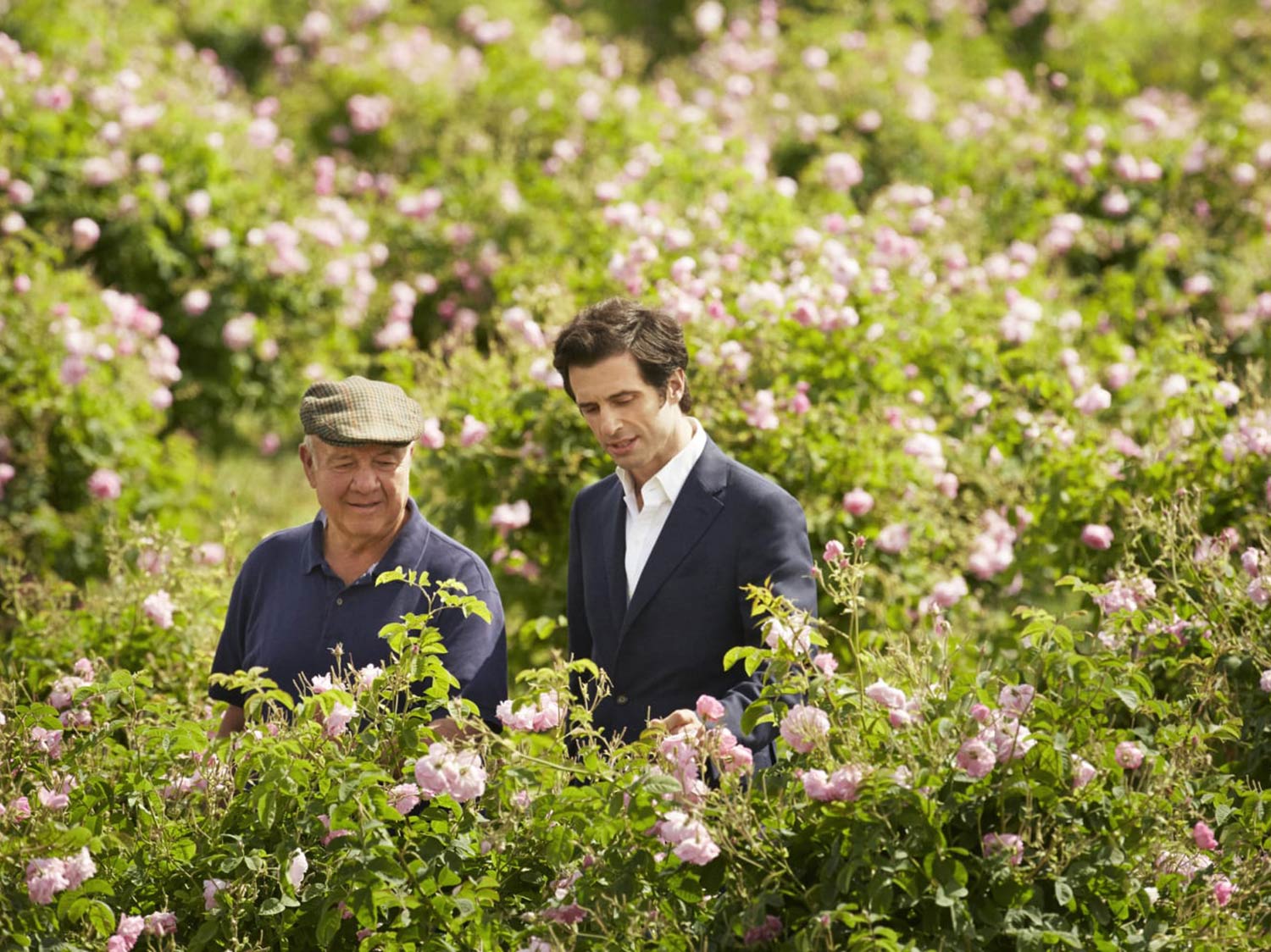
WELCOME TO GRASSE!
You are about to discover the CHANEL fields where five precious ingredients, used in perfumery, are grown: jasmine grandiflorum, May rose, iris pallida, tuberose, geranium rosat. Here is an overview of the different steps: from the harvested flower, the mowing of stems and leaves, the uprooting of rhizomes, to their extraction or distillation…
A STATE OF GRASSE
In 1987, CHANEL launched an unprecedented partnership with the largest flower producer in Grasse to ensure a lasting future for this rare heritage.
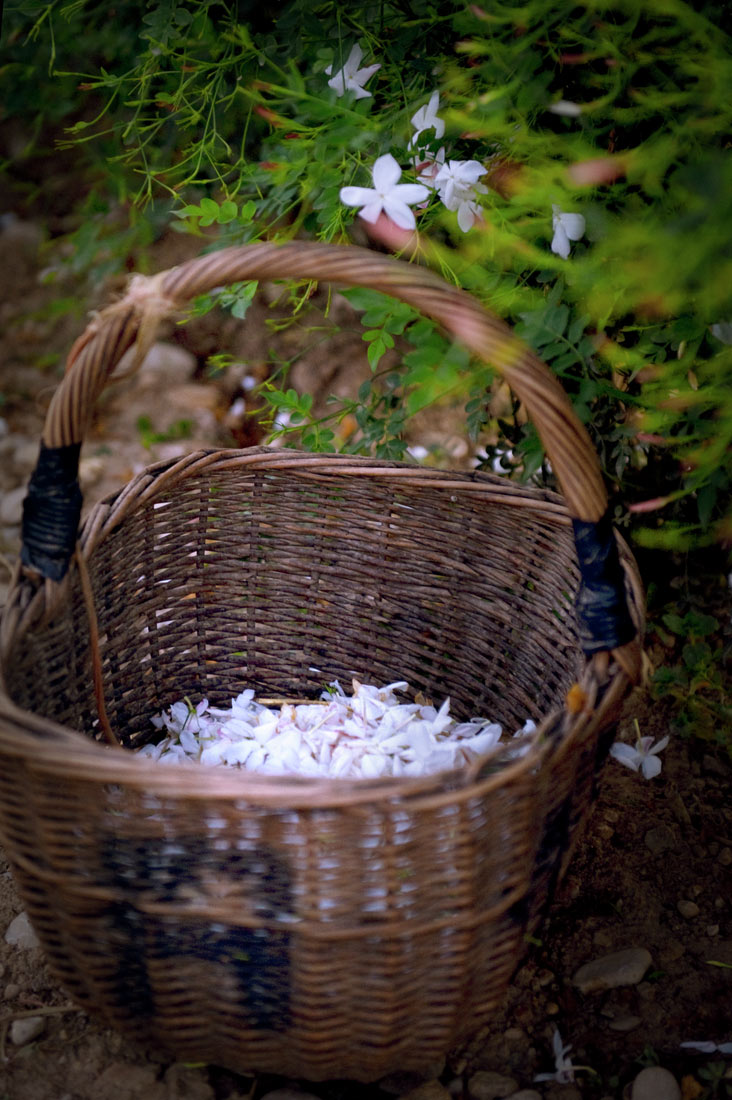

GRASSE, THE CRADLE OF PERFUMERY
It began with leather gloves, boots and coachwork. Hides of all sorts were sold and traded by the tanners of Grasse as early as the 12th century. They would only retain the odor of horse stables for a few centuries, however, since the practice of perfuming leather began in the 17th century. The rich soil of this region blessed with an ideal climate, sheltered from the wind, thus provided fertile ground for the flower plantations needed for perfuming leather. Fields of rose, jasmine, tuberose, mimosa, orange blossom, violet, and lavender gradually spread throughout the Côte d’Azur, earning Grasse its legendary status as the cradle of perfumery. All branches of the industry moved into the area: from extraction plants to merchants, not to mention the perfumers who came to learn their trade or select their raw materials. So it is only natural that the history of the N°5 fragrance began in Grasse. In 1921, its creator, Ernest Beaux, chose Grasse jasmine for his composition. Over the course of the 20th century, developers gradually bought up the farmers’ fields, putting the future of jasmine and the other iconic perfume flowers in imminent danger. Only a handful of passionate growers held strong…
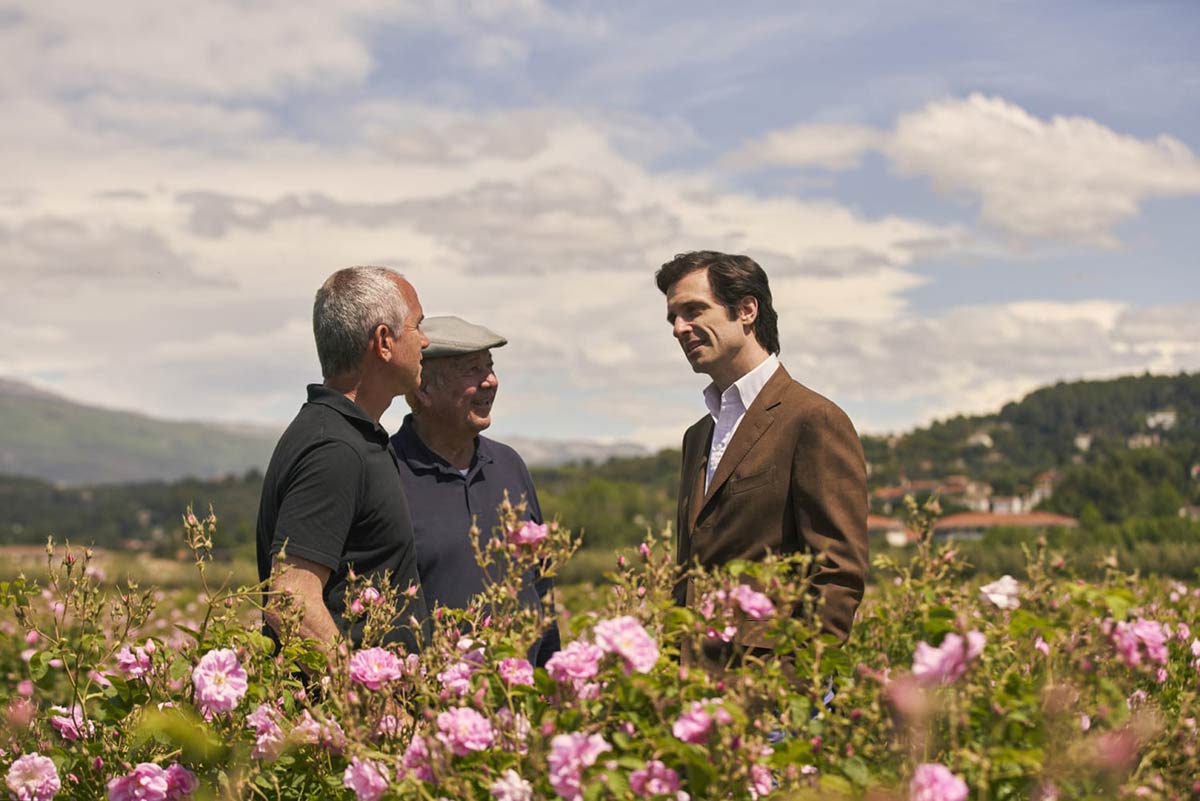
A FAMILY AFFAIR
Joseph Mul, never without his cap, watches the sky. A few spring days are enough for him to know whether May will bring a generous harvest of roses. With a heart that beats in harmony with his flowers, eyes as keen and bright as his smile, he observes the twenty hectares that he battled to save from the clutches of real estate developers, to which will be added the ten hectares bought by CHANEL in 2021. An estate inherited from his great-grandfather who was already working the soil of Pégomas back in 1840, only seven kilometers from Grasse. “My great-grandfather was a visionary who, in addition to growing flowers, ran a dairy operation and delivered bottled milk fresh from the cow”, he explains. “He already had a respect for quality that ran deep in his veins”. The dairy gradually disappeared to make way for flowers and aromatic plants, and the next five generations helped forge the perfumed destiny of the plains, pouring their heart and soul into their land. Fabrice Bianchi, Joseph Mul’s son-inlaw, who is now pursuing his in-laws’ exciting adventure.

HIGHLY PROTECTED HERITAGE
Initiated by Jacques Polge, the partnership between the House of CHANEL and the Mul family began in 1987. «Jasmine production in Grasse was on a steady decline and we feared we would no longer have enough for our formulas,» he remembers. And so began a beautiful story of trust and cooperation. Ties of friendship were formed, ensuring a lasting future for this rare heritage in Grasse and perfect control over the transformation from flower to fragrance. “At the time, no one was concerned with replanting jasmine, so we conducted a scientific study to find a viable rootstock and bypassed the industry by controlling all of the links in the production chain, from growing the plant right through to its extraction”, Polge continues. This partnership provides a guarantee of both the olfactory quality and the quantity of flowers required for CHANEL fragrances. It was quickly expanded to include May rose (1987), then iris (2007), tuberose and geranium (2011). Just as Haute Couture protects the unique skills of the artistic professions it encompasses, CHANEL fragrances contribute to safeguarding a legendary heritage.
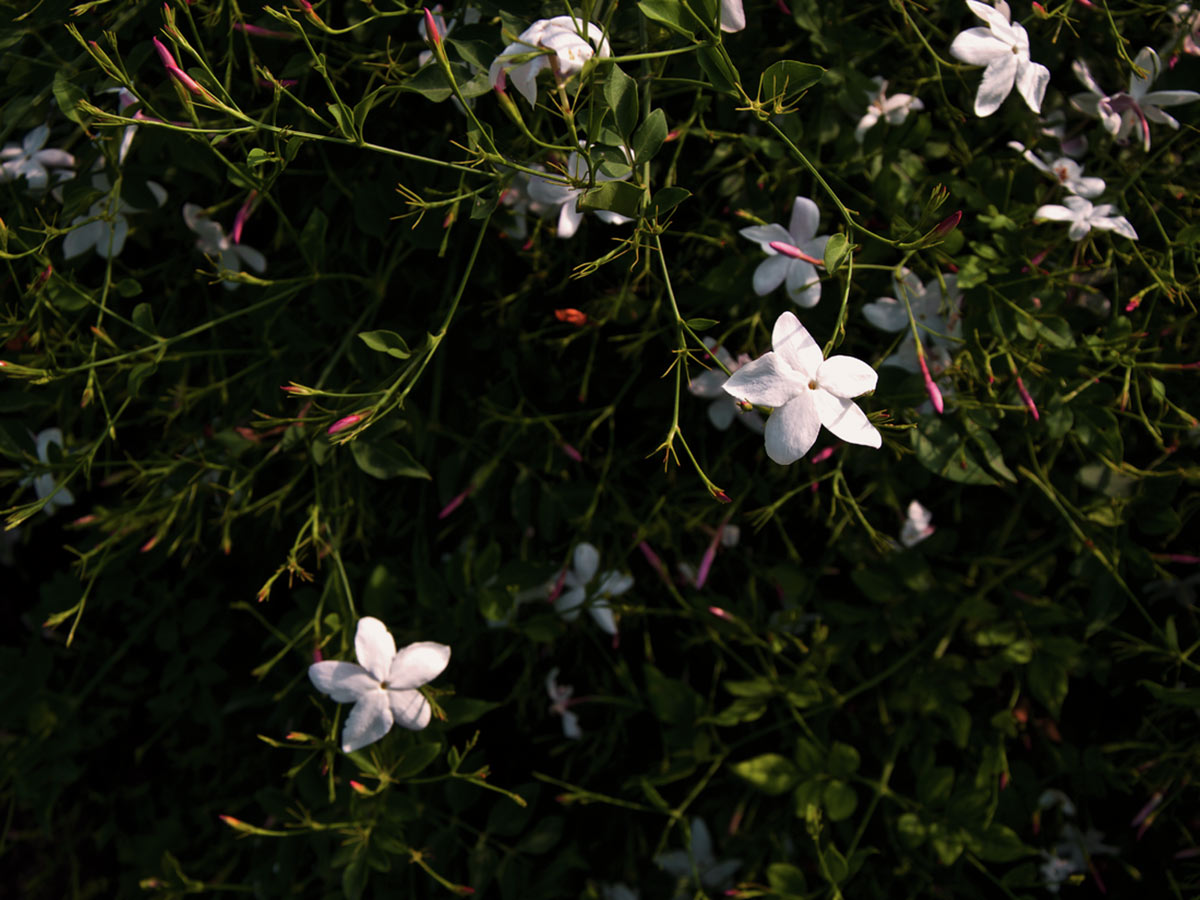
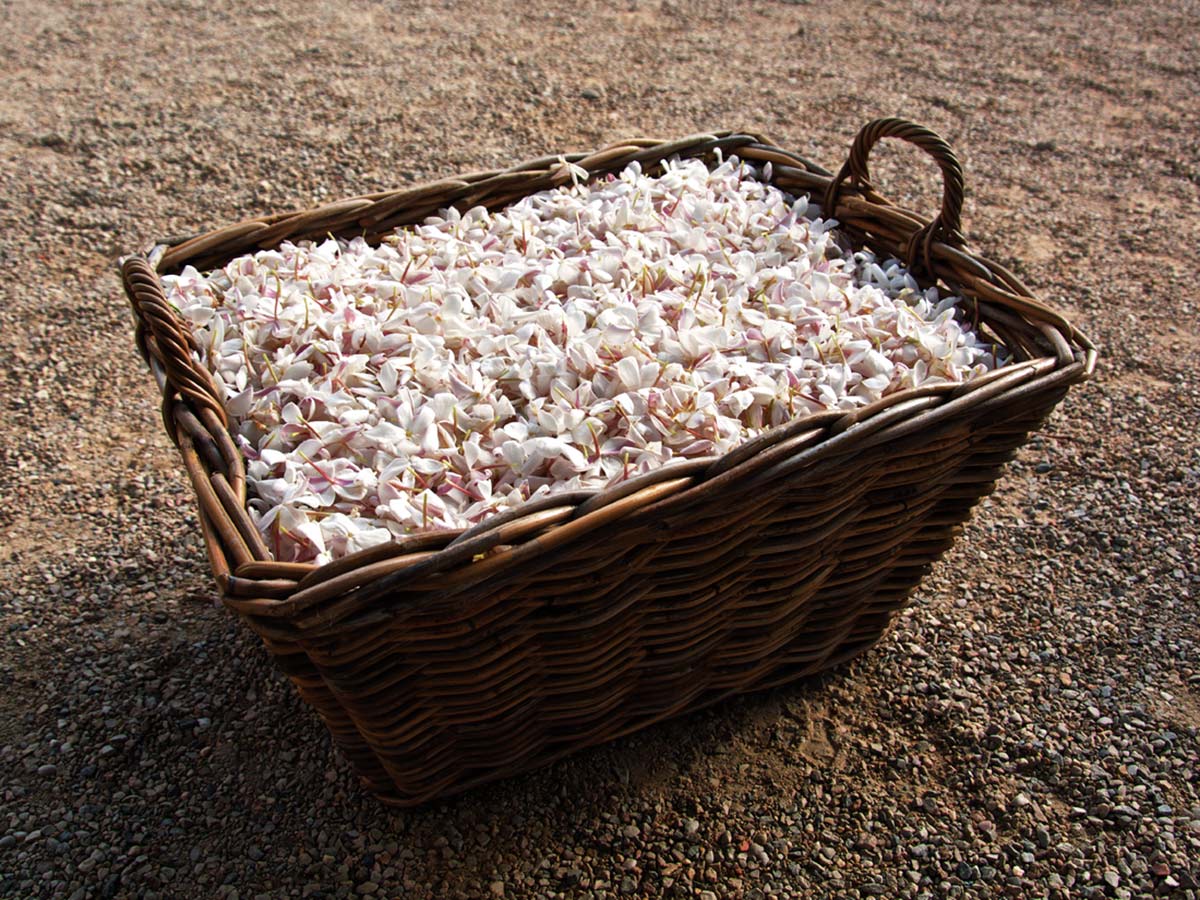
COMMITTED TO THE FUTURE
While the House of CHANEL is respectful of its historical roots in Grasse, it is not, for all that, nostalgic. Safeguarding this heritage is also a means of committing to the future. The partnership between the Mul family and CHANEL is not limited to May rose and jasmine. Today, the crops have expanded to include other flowers for perfume, from iris to geranium and tuberose. Five exceptional crops, exclusively reserved for CHANEL fragrances. Following in the footsteps of his father Jacques, Olivier Polge concludes: “We are the guardians of CHANEL formulas and we must make every effort to maintain absolute control over our ingredients.”


RESPECT FOR THE LAND
Sustainable development had not yet entered our modern vocabulary, but the Mul family already had an ingrained understanding of the concept. “Our flowers are like children whom we raise into adulthood”, admits Fabrice Bianchi. It is their unparalleled rigor and care that crowned the Mul property with an exceptional reputation in the region. Today as yesterday, no chemical fertilizers are used to grow the flowers. “We are continually improving our techniques to lead our plants to the highest possible level of quality, without ever taking the risk of depleting the soil”, explains Fabrice Bianchi. “We let the fields lie fallow between crops and we perform in-depth analyses to understand their language. Our aim is to produce the most fragrant flowers and to guarantee the same quality, today and tomorrow”.
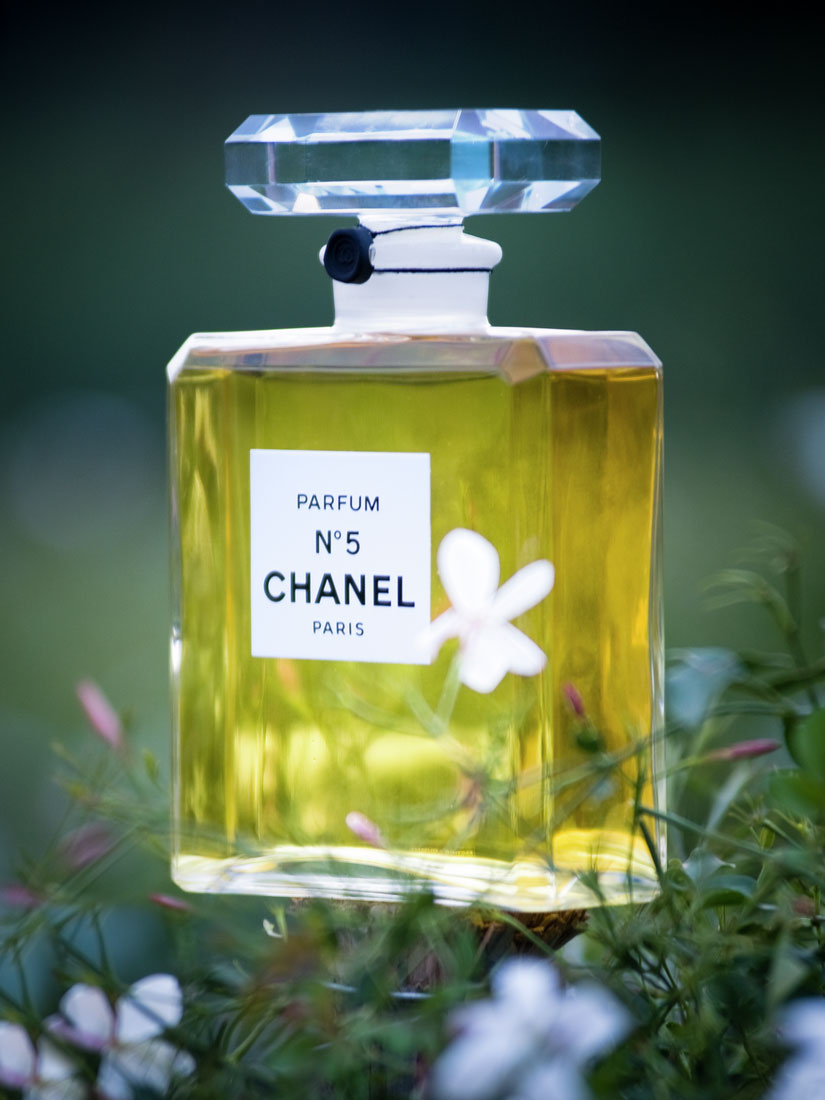
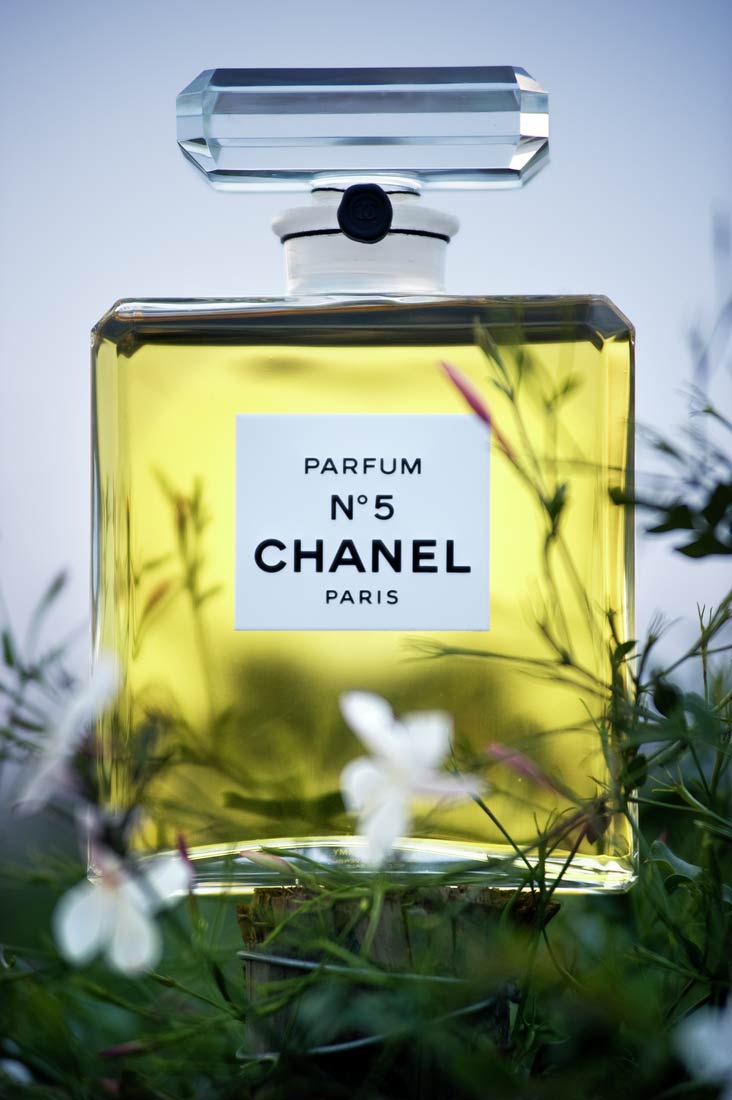
FROM LAND TO FRAGRANCE
In 1988, a plant was built right in the middle of the fields. It is used to the process the fresh flowers, in their full quintessence, as soon as they are harvested. The plant is not only a production and processing unit for flowers, but also a genuine laboratory for testing and improving the olfactory rendering of each harvest. The House of CHANEL and the Mul family share a desire to produce the most fragrant flowers possible and to guarantee the same quality, today and tomorrow. Traceability of the flower is at the heart of the partnership, from the field to the processing plant where it is transformed.
